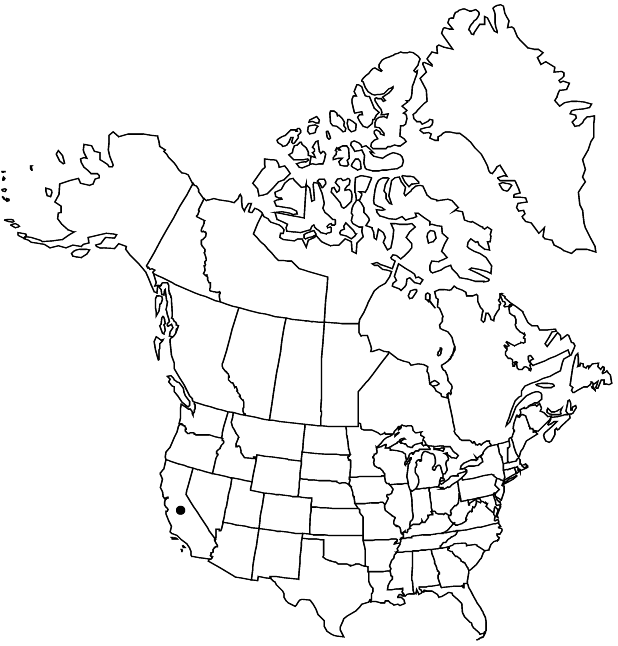Difference between revisions of "Dodecatheon subalpinum"
Leafl. W. Bot. 2: 37. 1937 ,.
FNA>Volume Importer |
FNA>Volume Importer |
||
| Line 50: | Line 50: | ||
|publication year= | |publication year= | ||
|special status= | |special status= | ||
| − | |source xml=https://jpend@bitbucket.org/aafc-mbb/fna-data-curation.git/src/ | + | |source xml=https://jpend@bitbucket.org/aafc-mbb/fna-data-curation.git/src/f6b125a955440c0872999024f038d74684f65921/coarse_grained_fna_xml/V8/V8_553.xml |
|genus=Dodecatheon | |genus=Dodecatheon | ||
|species=Dodecatheon subalpinum | |species=Dodecatheon subalpinum | ||
Revision as of 20:29, 24 September 2019
Plants 7–15(–25) cm; scape glabrous. Caudices not obvious at anthesis; roots reddish, bulblets usually present. Leaves (2.5–)3–8(–10) × 0.5–1.5(–1.8) cm; petiole usually not winged; blade oblanceolate to narrowly spatulate, base usually slightly decurrent onto stem, gradually tapering to petiole, margins entire, sometimes slightly undulate, surfaces glabrous. Inflorescences 1–5(–8)-flowered; bracts linear to narrowly lanceolate, 2–6 mm, glabrous. Pedicels 1–2(–3.5) cm, glabrous. Flowers: calyx green, 3.5–6 mm, glabrous, tube 2–3 mm, lobes 5, 2.5–4.5 mm; corolla tube usually yellow, sometimes white with dark maroon, thick, wavy ring, lobes 5, usually magenta, sometimes white, 5–9(–12) mm; filaments connate, tube dark maroon, 2–3.5 × 1–1.5 mm; anthers 3–4 mm; pollen sacs yellow, streaked with purple, connective dark maroon, transversely rugose, (infrequently seemingly longitudinally wrinkled); stigma not enlarged compared to style. Capsules tan, valvate, cylindric-ovoid, 6–10(–13) × 3–4.5 mm, glabrous; walls thin, pliable. Seeds without membrane along edges. 2n = 66.
Phenology: Flowering summer.
Habitat: Moist slopes, mainly shady places in conifer woodlands or in meadows and along stream banks
Elevation: 2100-4000 m
Discussion
Dodecatheon subalpinum is known from the high western slopes of the central and southern Sierra Nevada from Tuolumne County to Tulare County. This high-elevation ecotype might be considered a variety of D. hendersonii, for which the epithet yosemitanum H. Mason is available.
Selected References
None.
